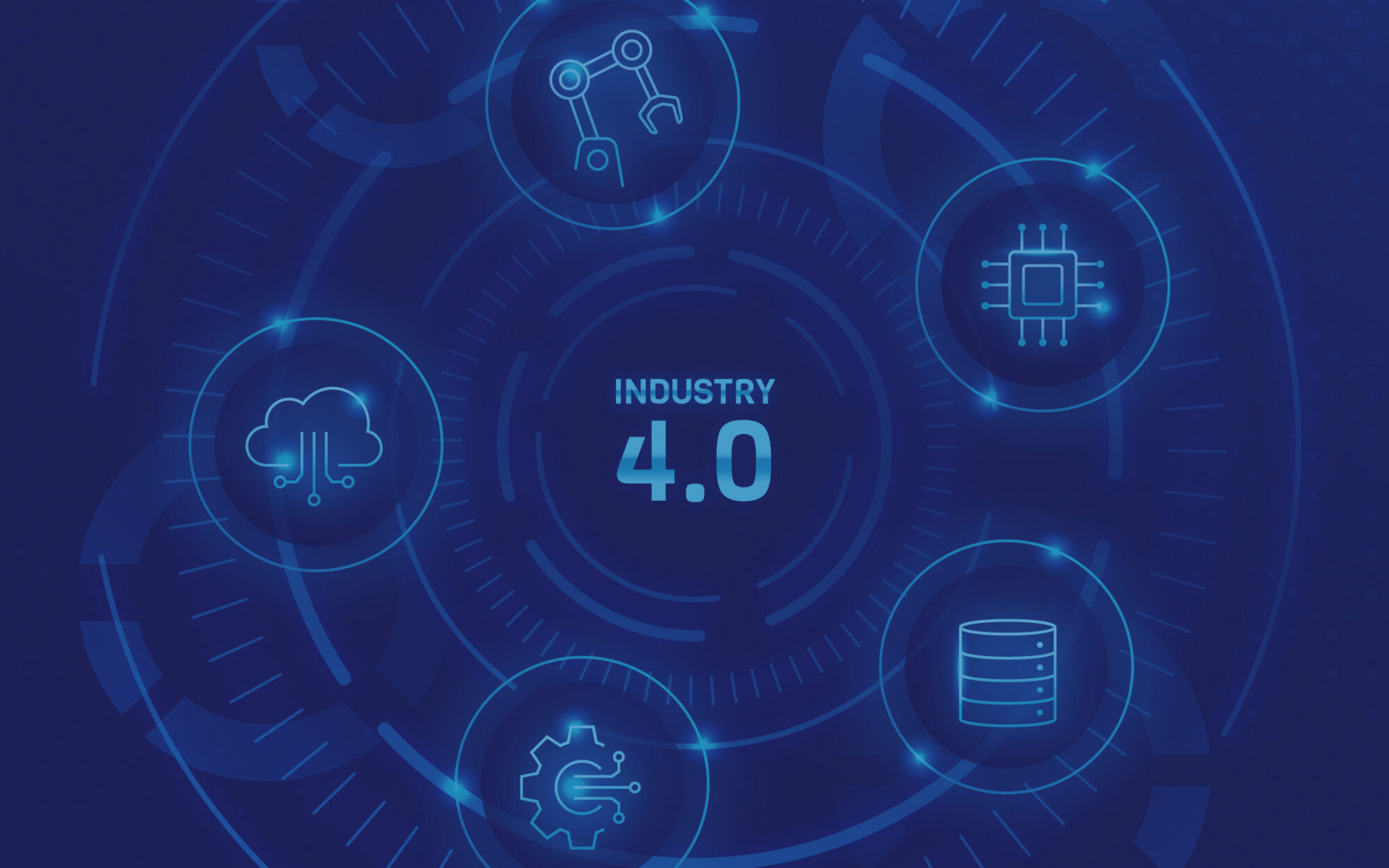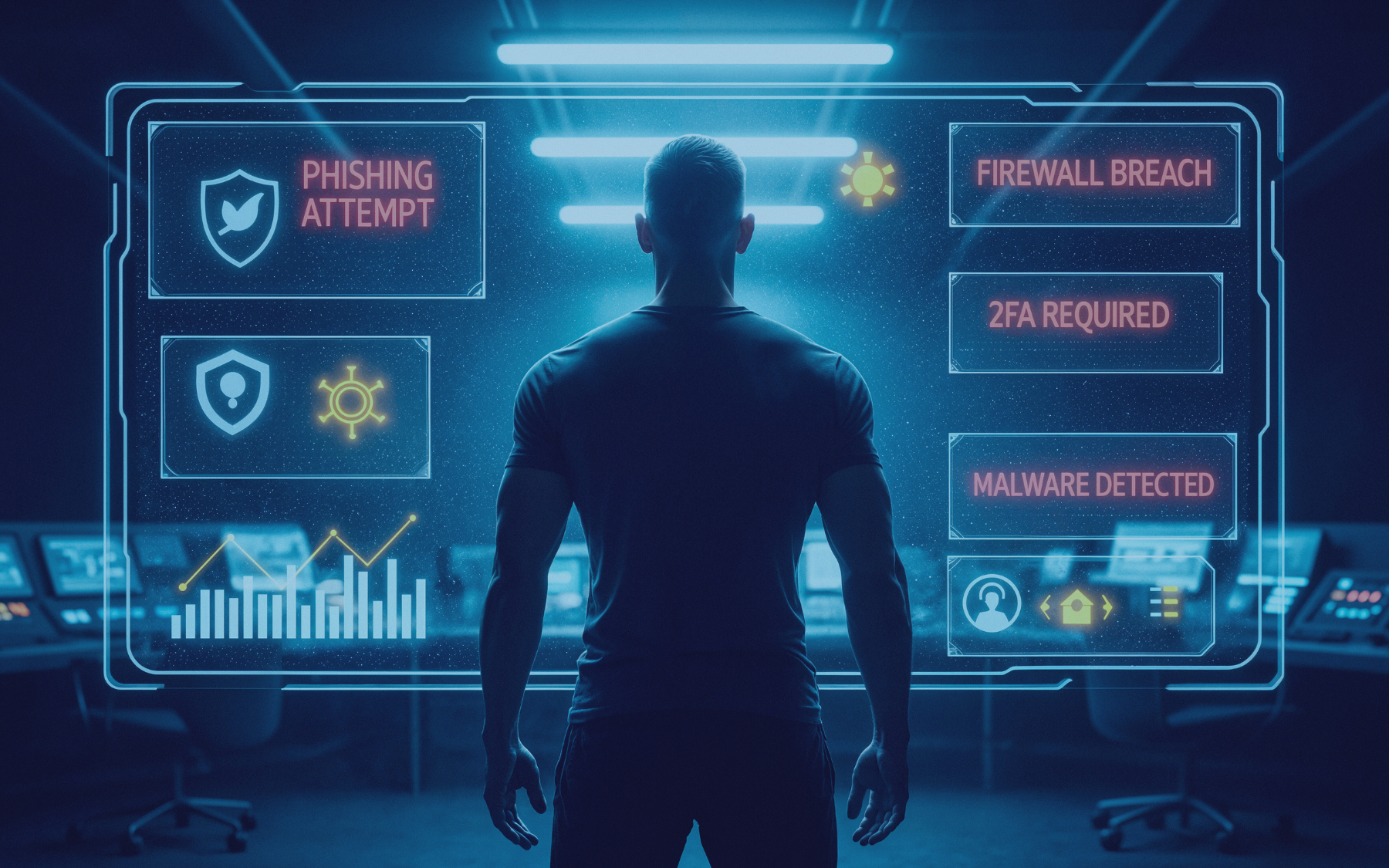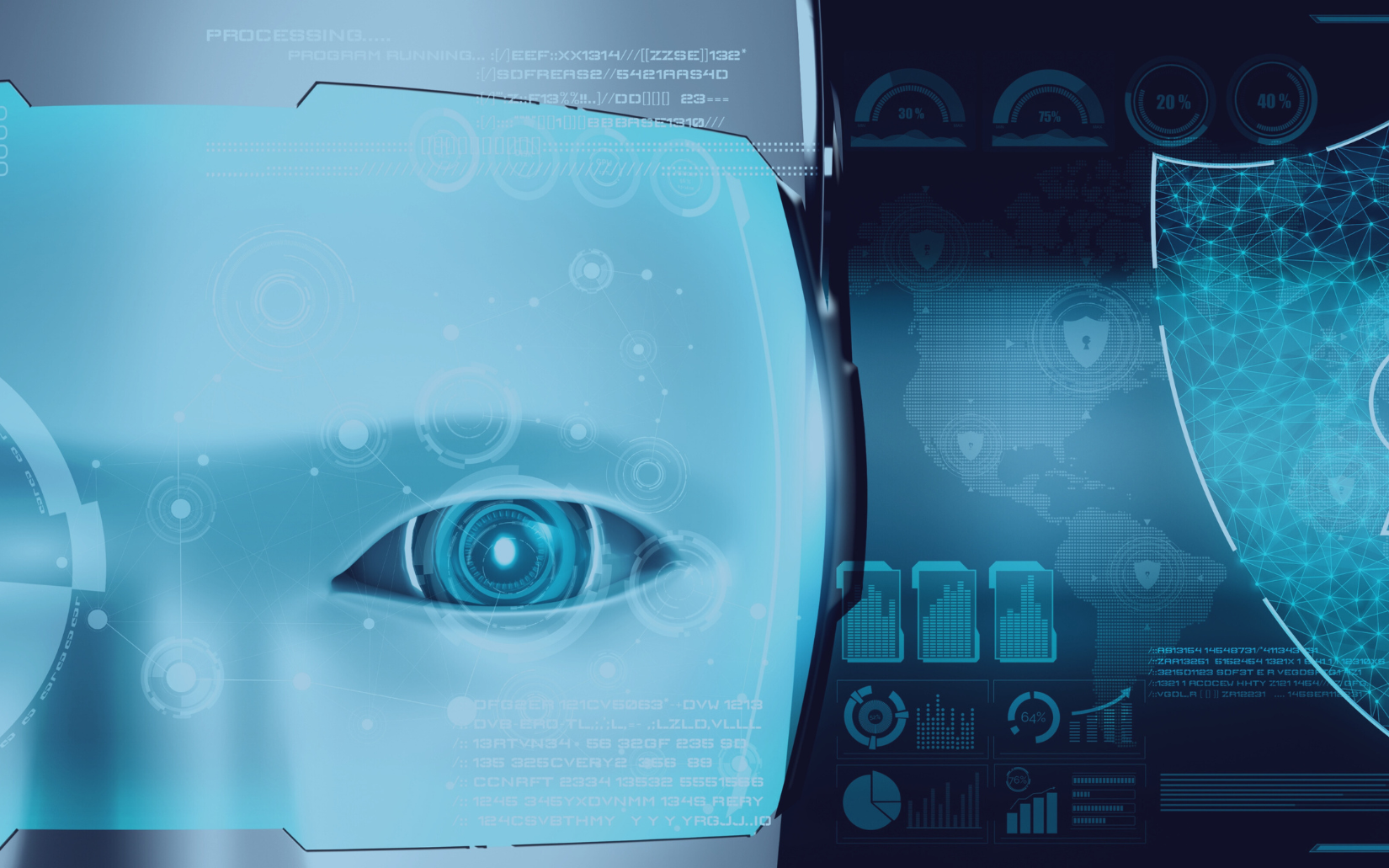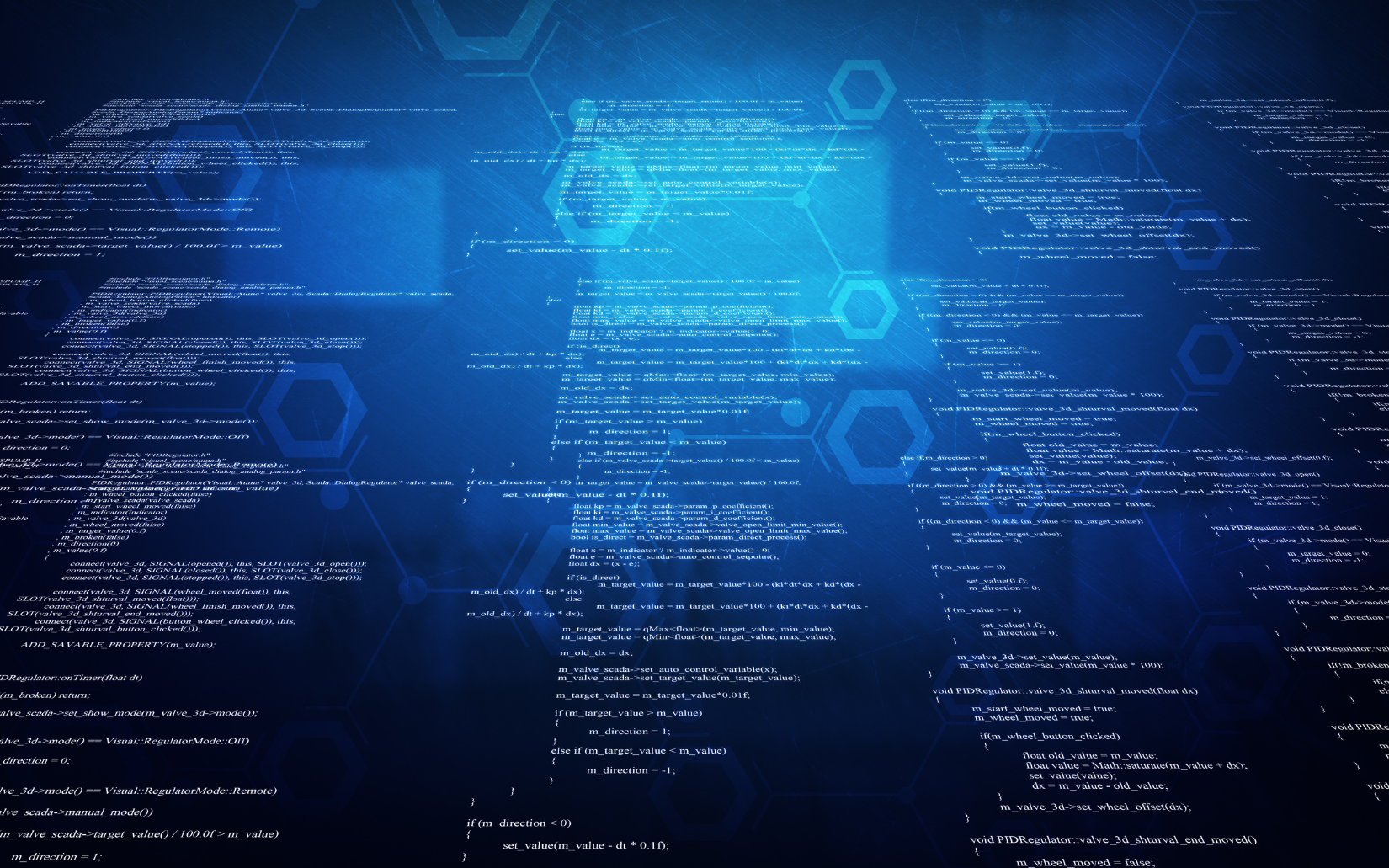Cybersecurity in Oil Rigs: Defending Against Digital Sabotage
Introduction
The global energy sector is under threat. As oil rigs evolve into complex digital hubs, they also become attractive targets for cyberattacks. Offshore and onshore platforms are now deeply reliant on interconnected digital systems. This shift has brought speed, control and visibility, but it has also introduced serious vulnerabilities. Hackers are exploiting these gaps. They are disrupting operations, stealing data and putting entire infrastructures at risk.
This blog is for energy professionals, oil and gas operators, security leaders and decision-makers. Whether you work on a rig or oversee IT strategy, understanding cybersecurity is essential. Digital sabotage is not hypothetical. It is happening now.
An oil rig is a high-value environment. It runs around the clock. A single disruption can cost millions. With increasing automation and digital integration, the risk of cyberattack has never been higher. Cybersecurity must now be a top priority.
The Digital Evolution of Oil Rigs
Why Oil Rigs Are Prime Targets
Oil rigs are among the most strategically important and technologically complex assets in the energy sector. Floating or standing in remote oceans, these structures are not only essential to the global energy supply chain but also represent significant vulnerabilities in the face of modern threats, especially cyberattacks.
At the heart of their appeal to attackers is their critical role in energy production. A successful disruption of oil rig operations can have ripple effects across national economies, causing spikes in energy prices, interrupting fuel distribution, and undermining public confidence. In this way, oil rigs are considered high-impact, high-reward targets. They offer adversaries a means to inflict maximum damage with minimal physical engagement.
Adding to their appeal is their geographic and operational isolation. Many rigs operate far from shore, where physical defences are limited and response times are slow. Their dependency on satellite communications and remote-control systems increases their vulnerability to cyber intrusions. Attackers can exploit these connections to bypass traditional network defences, accessing control systems and sensitive operational data.
Several high-profile incidents have shown how real and dangerous these threats are. The Shamoon virus, for instance, devastated Saudi Aramco in 2012 by wiping data on over 30,000 computers. The attack temporarily crippled the company’s digital operations and underscored the vulnerability of energy infrastructure to cyber sabotage.
In 2017, another major incident, the Triton malware attack, targeted safety instrumented systems (SIS) at a petrochemical facility. These systems are the last line of defence in emergency situations, designed to shut down operations in the event of hazardous conditions. By attempting to disable these safety mechanisms, the attackers risked catastrophic consequences, including explosions and loss of life. Fortunately, the malware was discovered before it could trigger a disaster, but the incident revealed how close attackers can come to causing real-world harm.
Motivations for targeting oil rigs vary. Nation-state actors may view these attacks as strategic tools to destabilise rival economies or assert geopolitical pressure.
Hacktivist groups, driven by ideological motives such as environmental activism, may aim to halt oil production altogether. Cybercriminals, more financially motivated, often deploy ransomware to extort companies for substantial sums, leveraging the high cost of downtime in this sector.
Ultimately, the convergence of high value, high exposure, and limited defence makes oil rigs prime targets. As threats grow more sophisticated, the energy industry must prioritise cybersecurity and resilience, recognising that future attacks may not just be digital, they could have very real, very dangerous physical consequences.
Common Cyber Threats Facing Oil Rigs
There are several ways attackers target oil and gas infrastructure. One method is malware. This includes ransomware, which locks systems and demands a payment. Once inside, attackers can encrypt files, disrupt drilling or steal sensitive data.
Phishing is another major threat. Attackers trick employees into opening infected links or files. These social engineering tactics are simple but effective. An unsuspecting employee can compromise the entire system.
Insider threats are harder to detect. These involve employees or contractors misusing access. Whether intentional or accidental, the result can be a breach.
SCADA and ICS systems are also vulnerable. Many run on outdated software. Patching can be slow, especially in offshore environments. Once breached, attackers can manipulate physical processes. This includes opening valves, overriding alarms or disabling safety systems.
Supply chain attacks target third-party vendors. An attacker may compromise a maintenance contractor or software provider. When these vendors connect to the rig’s systems, they bring the threat with them.
Case Study: Attack on a Gas Facility
In 2019, a US-based natural gas facility experienced a ransomware attack. The attacker entered through a phishing email. They moved laterally through the IT network, then accessed the Operational Technology (OT) environment.
The attack disrupted human-machine interfaces and data historians. Operations were suspended for two days. Although no physical damage occurred, the financial loss and recovery costs were significant.
The breach occurred due to weak segmentation between IT and OT networks. There was no multi-factor authentication. Software updates were overdue. The facility had not conducted a recent cybersecurity audit.
This case highlights why oil and gas facilities must apply strict security controls across both IT and OT systems.
What Can I Do?
Network Segmentation and Monitoring
One of the most effective ways to reduce risk is to segment networks. This means separating IT systems from OT environments. If a breach occurs in one area, it does not spread to the other.
Monitoring tools help detect suspicious activity. This includes unusual data flows, login attempts or system changes. Logs should be centralised and reviewed regularly. Real-time alerts allow for quicker response.
Using dedicated firewalls between network segments also limits the attacker’s movement. Monitoring remote access points is critical. Always verify who is connecting and what they are doing.
Regular Software and Firmware Updates
Unpatched systems are open doors for attackers. Many rigs still run legacy software. These systems often lack basic security protections.
Create a schedule for regular updates. This includes firmware for sensors, software for SCADA systems and patches for operating systems. Test updates before deployment to avoid disruptions.
If updates are delayed, document the reason and use temporary controls to limit exposure. Never ignore known vulnerabilities. Attackers scan for these weaknesses constantly.
Multi-Factor Authentication and Access Controls
Passwords alone are not enough. Multi-factor authentication adds a layer of security. It requires users to verify their identity using two or more methods. This could be a code sent to a mobile device or a fingerprint scan.
Access controls should follow the principle of least privilege. Only authorised users should access sensitive systems. Disable accounts that are no longer in use. Review permissions regularly.
Physical access is also important. Lock server rooms and secure access points on the rig. Use ID badges and access logs.
Employee Training and Awareness
Humans are often the weakest link in cybersecurity. Regular training reduces this risk. Teach staff how to spot phishing attempts. Use simulations to test response.
Make cybersecurity part of your safety culture. Include it in inductions, safety briefings and routine operations. When staff understand the risks, they make better decisions.
Encourage reporting of suspicious activity. Create a no-blame environment. Reward vigilance.
Real-Time Threat Detection and Response
Speed is critical in cybersecurity. The sooner a threat is detected, the less damage it causes. Use Security Information and Event Management (SIEM) systems to track events across networks.
Deploy Intrusion Detection Systems (IDS) in both IT and OT environments. These tools look for patterns that indicate an attack.
Have an incident response plan. This outlines who does what during a cyber event. Test the plan regularly. Ensure all staff know their role.
Use of AI and ML for Anomaly Detection
Artificial Intelligence (AI) and Machine Learning (ML) can spot abnormal behaviour. These tools analyse data over time. They alert you to patterns that do not fit the baseline.
For example, if a sensor sends unusual readings or a user logs in from a new location, the system flags it. AI helps reduce false alarms and speeds up the investigation.
Train your AI models with quality data. Regularly review and refine them to ensure accuracy.
Regulatory and Compliance Landscape
Cybersecurity rules vary by region, but several frameworks guide best practices. In the UK, Cyber Essentials sets baseline controls. For industrial environments, ISA/IEC 62443 provides technical guidelines. NIST’s Cybersecurity Framework is another global reference.
NERC CIP regulations apply to critical infrastructure in North America. These include requirements for access control, monitoring and recovery.
Compliance is not optional. Governments are tightening rules. Non-compliance leads to fines, shutdowns and legal issues.
Adopt a risk-based approach. Identify critical assets. Map threats. Implement controls based on priority.
The Future of Cybersecurity in Oil and Gas
Prevention is not enough. Resilience is the new goal. This means preparing to recover quickly from any breach.
Digital twins allow operators to simulate attacks and test defences. Predictive analytics forecasts risks before they happen. These tools support proactive security.
Zero Trust Architecture is gaining ground. It assumes no user or system is trusted by default. Every action is verified.
Quantum-safe encryption is being researched. It protects data from future threats posed by quantum computers.
Security must be part of every upgrade. From drilling software to satellite links, cyber defences need to evolve with technology.
The Cybergen Approach
Cybergen supports oil and gas operators with tailored cybersecurity solutions. We offer assessments to find weaknesses in your network. We guide you through compliance and help implement controls.
Our services include:
- Network and endpoint monitoring
- Vulnerability scanning and patch management
- Employee training and phishing simulations
- Incident response planning
- Cloud and OT system protection
Summary
Digital sabotage is a real threat to oil rigs. These platforms are vital, complex and increasingly digital. Without proper defences, they are easy targets.
You need to secure networks, control access, train staff and monitor systems constantly. Cybersecurity is not a one-time task. It is a daily priority.
Do not wait for an incident to act.
Ready to strengthen your security posture? Contact us today for more information on protecting your business.
Let's get protecting your business
Thank you for contacting us.
We will get back to you as soon as possible.
By submitting this form, you acknowledge that the information you provide will be processed in accordance with our Privacy Policy.
Please try again later.








